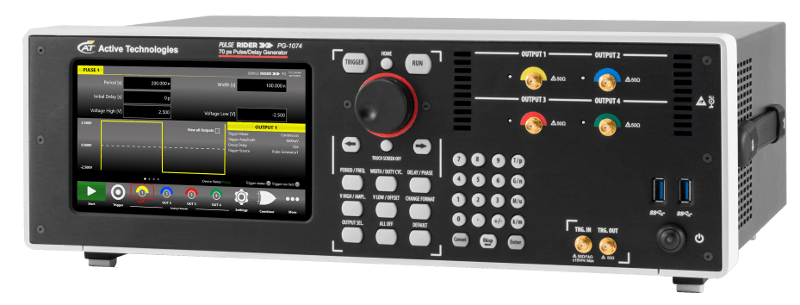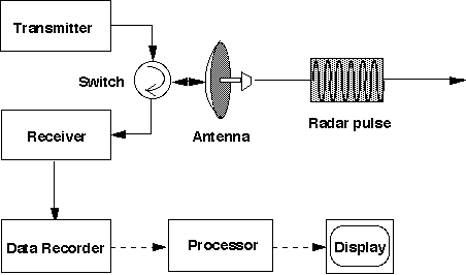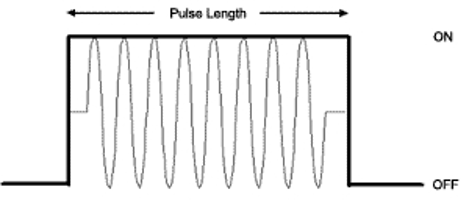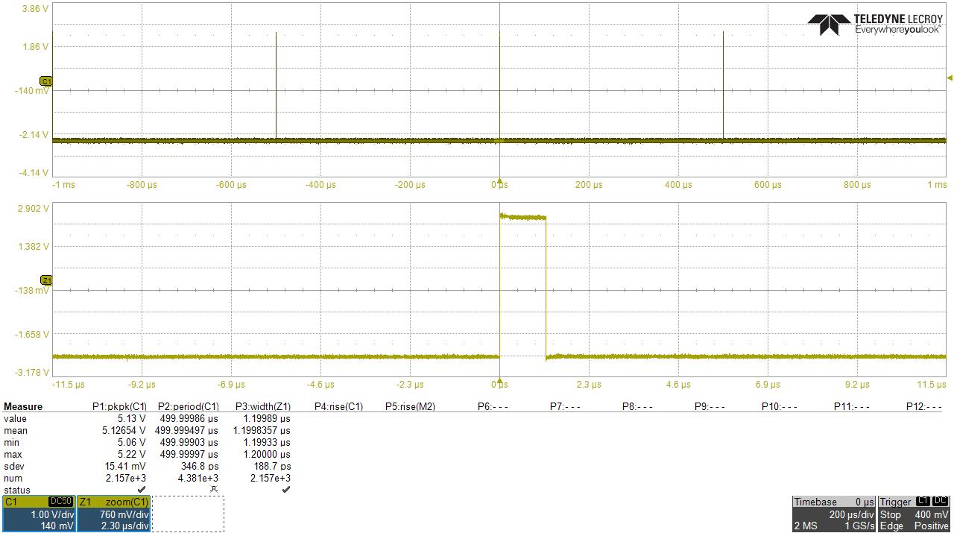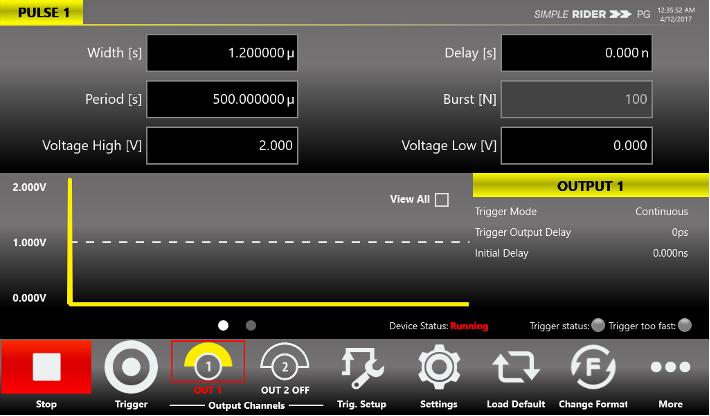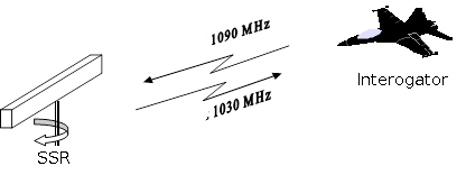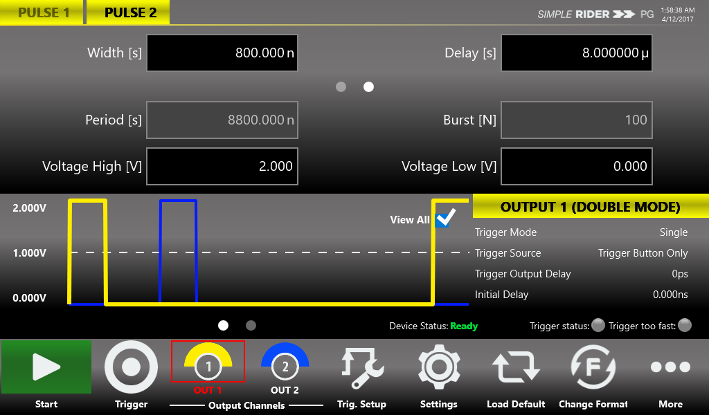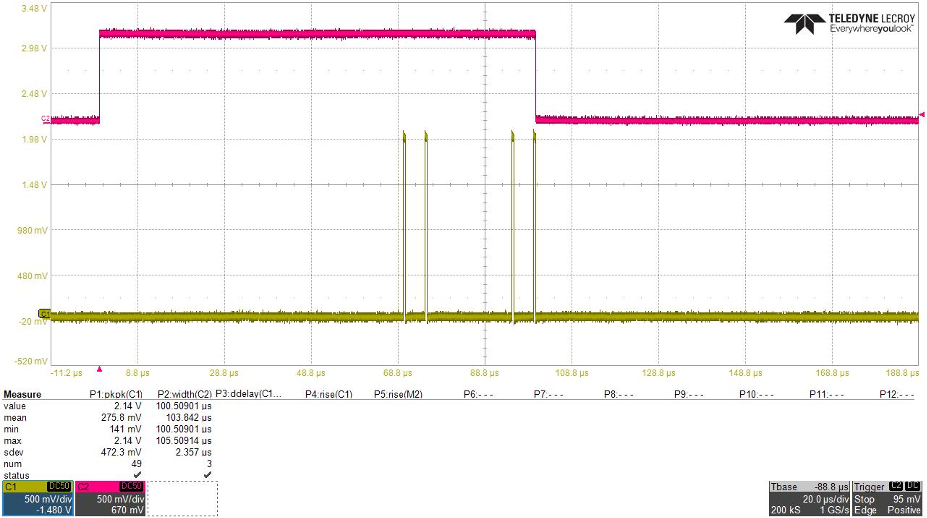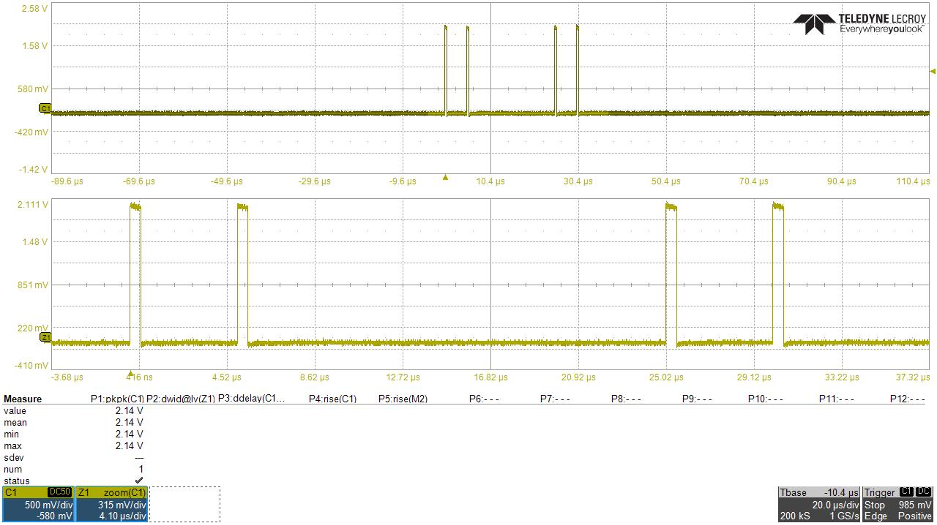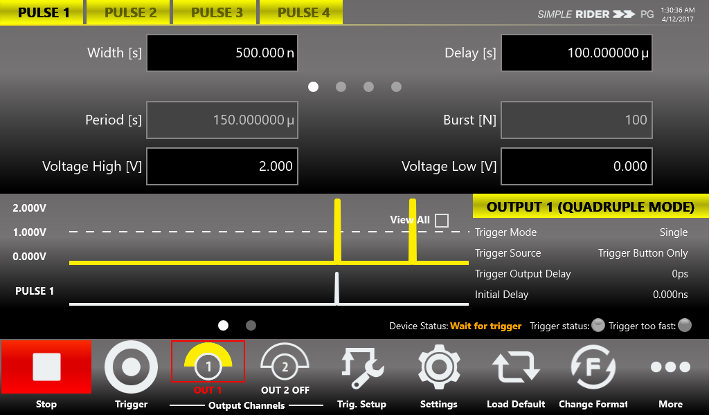Pulse Radar Application note
PG-1000 Series Application | Radar Applications
Primary Pulse Radar
The following application note is about the usa of the Pulse Generator PG-1000 for Radar Applications.
A primary radar generates a signal that illuminate the target and it receives its echo.
It is possible to distinguish between different type of radars depending on the modulation (analog or digital) and on the discontinuities of the generated signal.
The simplest radar is the pulse radar, it doesn’t use any type of modulation, but it operates generating a signal for a short time and receiving the echo response produced by the target that reflects the signal.
In this way, it determines the distance from object calculating the time of flight between the sent signal and the received echo. This architecture is limited by the trade-off between the maximum range and the resolution: so a larger pulse increases the average transmitted power and then the maximum range, but reduce the resolution.
For this reason, this type of radar finds application in long-range control, principally in air traffic control and weather observation (especially precipitation).
During the development of a system, it is useful to use a pulse generator that supplies the pulses to the RF modulating chain to test the receiver behaviour varying the pulse duration.
Active Technologies Pulse Rider PG-1000 Series pulse generators allow to create pulses with different pulse width, repetition rate and amplitude easily using the graphical interface and the touch screen display.
Following this solution, it is possible to save the time to develop the pulse system and concentrate the efforts on the radar design and test goals.
Secondary Radar
A secondary radar is a particular type of radar used for air traffic control that works in conjunction with the aircraft transponder.It interrogates the transponder using a pulse code and wait for the response; depending on the transmitted code, it can request the identification number, the altitude, etc.
The interrogation base band code is very simple, it is composed by 3 pulses called P1, P2 and P3 with a fixed duration of 800 ns.
The first pulse (P1) and the last one (P3) are transmitted by a directive antenna defining the code through the distance between them.
The second pulse (P2) is transmitted in omnidirectional way with a delay of 2 µs from the first one; this particular pulse is necessary because the secondary lobes emitted by the directive antenna could hit other transponders causing a wrong response and interference. The transponder measures the received power during the pulse P1 and during the pulse P2 and it distinguishes whether it is reached by the main antenna lobe or by a secondary one, and in the first case it sends the response.
The Pulse Rider PG-1000 Series allows to produce the double pulses P1 and P3 with a user defined distance and duration, it offers excellent time resolution of 10 ps. The presence of multiple channels is perfect to supply the second pulse (P2) with a delay of 2 µs from the first one. A jitter under 25 ps ensures the perfect synchronization between channels.
Multiple Target Simulation using a Pulse/Delay generator
It means that the delay between the transmitted and the received signal depends on distance.
In case of multiple targets, multiple signals are received and the detection system must be able to distinguish between them.
The Pulse Rider pulse generator is the perfect choice to test the detection chain shorting the developing times without having the completely radar system and some targets to aim.
The multiple pulse mode offers double, triple and quadruple pulses with different duration and delay from trigger-in signal that can be repeated up to 125 MHz for testing the real-time frequency operation of the detection system.
The resolution of 10 ps and the jitter RMS below 25 ps give the necessary accuracy to take count of the RF chain expected delay and to simulate the detection of the target with a resolution under the centimetre.

